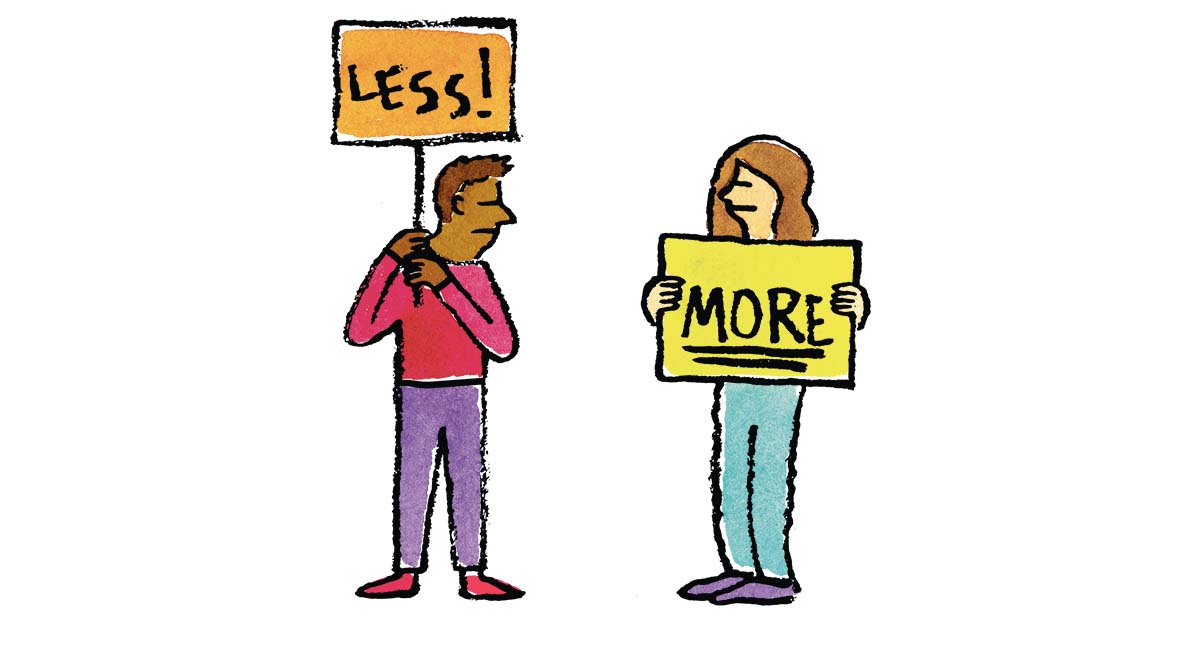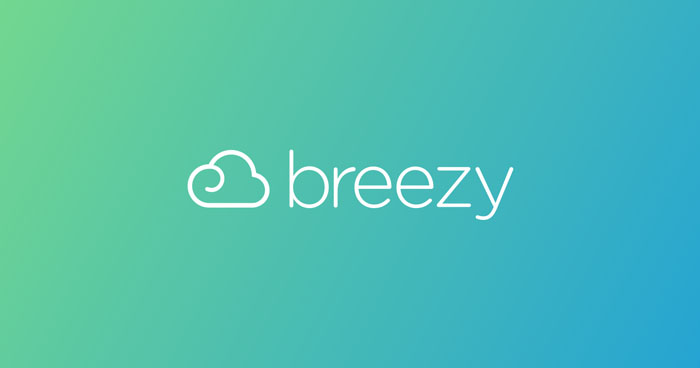
Amid stagnating salaries and a rising cost of living, the minimum wage debate is back in the headlines.
Proponents believe raising the federal minimum wage would help workers keep up with the cost of living and stimulate the economy. Skeptics believe it could lead to major layoffs at a time when the fear of robots taking over jobs is already rampant.
So what could a rise in the minimum wage really mean for employers? Will you have to raise salaries for everyone? Re-classify your employees? Can you even afford it?
Not even the best economists have a crystal ball. And while we can’t answer all these questions for you, we can help you unpack the latest developments in the minimum wage debate so you can understand its potential implications.
A brief history of minimum wage in the US
As the Raise the Wage Act enters the political picture and individual states begin to raise the minimum wage above the $7.25 national average, it can be hard to make sense of the many developments around this topic, both past and present.
Before we dive into the latest updates, let’s take a minute to cover some key background.
Here's a closer look at the history of the federal minimum wage in the US:
- In 1936, a young girl handed a letter to Franklin D. Roosevelt at a campaign event in Massachusetts. The letter described how “Today the 200 of us girls have been cut down to $4 and $5 and $6 a week.” This prompted a vow from Roosevelt to create a minimum wage law.
- Two years later, The Fair Labor Standards Act (FLSA) was passed, including the first ever minimum wage.
- 30 years after that, the minimum wage was raised to $1.60 per hour — the equivalent of about $14.93 today, making 1967 the high point in the history of the federal minimum wage.
- From 1978 to 2009, the minimum wage increased annually.
- The federal minimum wage has not changed since 2009, when it was raised to $7.25 per hour.
Sitting at a 66-year low, advocates of an increased minimum wage say there is simply no way workers can hope to earn a living wage without it.
But does that mean smaller low-wage employers will be forced to cut jobs? Let’s take a closer look at both sides of the debate.
Should employers be for or against a federal minimum wage?
Potential for layoffs
AGAINST: Small business owners can’t afford it
This is the key point for many critics. If a business has to essentially double its payroll expenses just to compete, many believe the results could be catastrophic. A 2021 survey found that one-third of small businesses in the United States said they would have to layoff employees if faced with a $15 minimum wage.
FOR: Even small businesses can afford to pay a fair wage
The opposition points to the fact that Roosevelt himself faced the same pushback in 1938, yet there remains little evidence to back up this claim. “A minimum wage increase doesn’t kill jobs. It kills job vacancies, not jobs. The higher wage makes it easier to recruit workers and retain them. Turnover rates go down. Other research shows that those workers are likely to be a little more productive, as well,” said Michael Reich, chair of UC Berkeley’s Center on Wage and Employment Dynamics.
Impact on young workers
AGAINST: Minimum wage roles are important for young people looking to gain experience
Some opponents believe that because many employees in minimum wage roles are students or young people who don’t have many expenses, they don’t need a living wage. The way they see it, these types of roles are meant to serve as springboards for better-paid, higher-experience jobs.
FOR: Minimum wage roles are for everyone and should be closer to the living wage
Proponents of an increased minimum wage point to the fact that more than half of US minimum wage workers (55.3%) are over 25 — meaning they’re less likely to be students or living at home, and would likely benefit from a pay boost.
State vs. federal minimum wage
AGAINST: Only states with a high cost of living need a higher minimum wage
Many skeptics believe that the current federal minimum wage of $7.25 an hour is still effective on the whole. Only “expensive” states like California or New York should reconsider their minimum wage requirements.
FOR: The average living wage is rising across the nation
Today’s average living wage, defined as the threshold that keeps a person above poverty level, is $25.02 per hour. That’s nearly 3.5x higher than the federal minimum. While cost of living is higher in states like California or Hawaii, the living wage for “affordable” states like Mississippi is still estimated to be well above the proposed federal minimum wage of $17 per hour by 2028.
How could a minimum wage hike impact your company?
Doubling your payroll may not be doable for every business. But offering employees compensation that brings them closer to a living wage is something every company can work toward.
Here are some of the core implications employers can expect to see as the minimum wage continues to climb.
Employers in the service sector will feel it the most
“In hospitality and food service, some smaller businesses have had to increase their prices (menu items, services, etc.) in order to support a higher starting wage for their employees,” says Jessica Miller-Merrell, founder of Workology. With 70% of minimum wage workers employed by the service industry, restaurants, grocery stores and hotels will likely have to do the most restructuring.
But according to Drexel University, the majority of low-wage service industry employers are not the mom-and-pop shops that most people picture. More often than not, they’re large corporations like Walmart and McDonald’s. Large retail and food service corporations employ 66% of America’s lowest-paid workers.
However, if you’re a small business in a disproportionately impacted industry, experts like Jessica recommend taking a hard look at your resources. “If small businesses are going to compete with the larger ones who can afford to attract candidates with a higher starting hourly wage, they will need to find the resources to do the same,” she explains.
This could mean increased compensation and purchasing power, but it could also mean other perks and benefits that employees want just as much.
“In order to keep women in the workforce, as we tend to be primary caregivers at home, offering child care or support for child care could be a great incentive. Flexible scheduling is also important, the opportunity to work from home if possible, career development and training programs that show you genuinely care about your employees’ future,” says Jessica.
Wage compression may complicate things
HR expert Tim Sackett believes one of the biggest factors for employers is wage compression.
“The bigger issue around minimum wage increases that tend to cause issues with companies, large and small, is wage compression with current employees. You now have to hire at $15/hr for new employees, and you have current employees making $15.25 who have been working with you for five years. What do you do? Of course, raise the current employees’ salary — but by how much?” explains Tim.
Here are a few tips to address pay compression in your company:
- Track the current market pay and do what you can to meet it.
- Reevaluate your compensation structure and update your pay grades.
- Find ways to increase flexibility so employees can enjoy a healthy work-life balance in addition to making a liveable wage.
- Create a culture of appreciation that makes employees feel like what they do matters.
Wage compression is a very real issue for employers, especially in times of inflation. With a solid plan, you can adjust your compensation strategy to alleviate and avoid pay compression, while keeping your employees happy and engaged.
Strong management can make the difference
According to Suzanne Lucas, known online as the Evil HR Lady for her straight-talking approach to all things HR, small businesses that can’t afford to hire new employees at raised-wage prices need to refocus on retention.
“The true minimum wage is always zero,” Suzanne explains. “If small businesses can’t afford to hire people at higher wages, they simply won't. Big businesses often advocate for higher wages because they know they can afford it and their smaller competitors cannot.”
For her, the formula is simple: if you can’t afford to pay a higher minimum wage, focus on hiring and retaining quality candidates. More often than not, that also means improving the quality of your management teams.
“The best thing a company can do to keep great employees is to invest in training their managers. People will stay for good management,” says Suzanne.
An investment in your workers is an investment in your company
“With significant cost of living increases and zero increase in minimum wage over the last ten years, people are no longer able to afford their jobs,” says former Director of B2B Marketing at Fairygodboss Micole Garatti.
Experts like Micole believe companies that make the investment in a higher minimum wage are more likely to see a positive return on the hiring cost.
“Instead of wondering how companies can attract and retain great employees on low, outdated salaries, organizations should realize that pay increases are an investment in the company. Make the investment,” says Micole.
According to the Center for American Progress, businesses that increase their wages have an easier time hiring and retaining employees. For example, businesses that increased wages during the peak of the pandemic were more likely to surpass their pre-Covid employment rates than those that didn’t.
Be prepared for whatever comes next
When it comes to the minimum wage debate, there’s a lot to digest. Especially if you’re a growing business with tight margins.
Where you’re for or against increasing the minimum wage to $15 an hour, or you’re concerned that your state minimum wage law may change sooner rather than later, now is the best time to make sure you’re doing everything you can to keep your employees happy and your candidates interested.
Breezy is the candidate-friendly applicant tracking system that’s here to help you win the best employees for your business. You can build a customizable careers page to showcase your open roles, instantly post your positions to all the top job boards, and communicate with more candidates in less time with automated email and SMS.
There’s never been a better time to modernize your hiring. Try Breezy free for 14 days and find out just how easy it can be.





